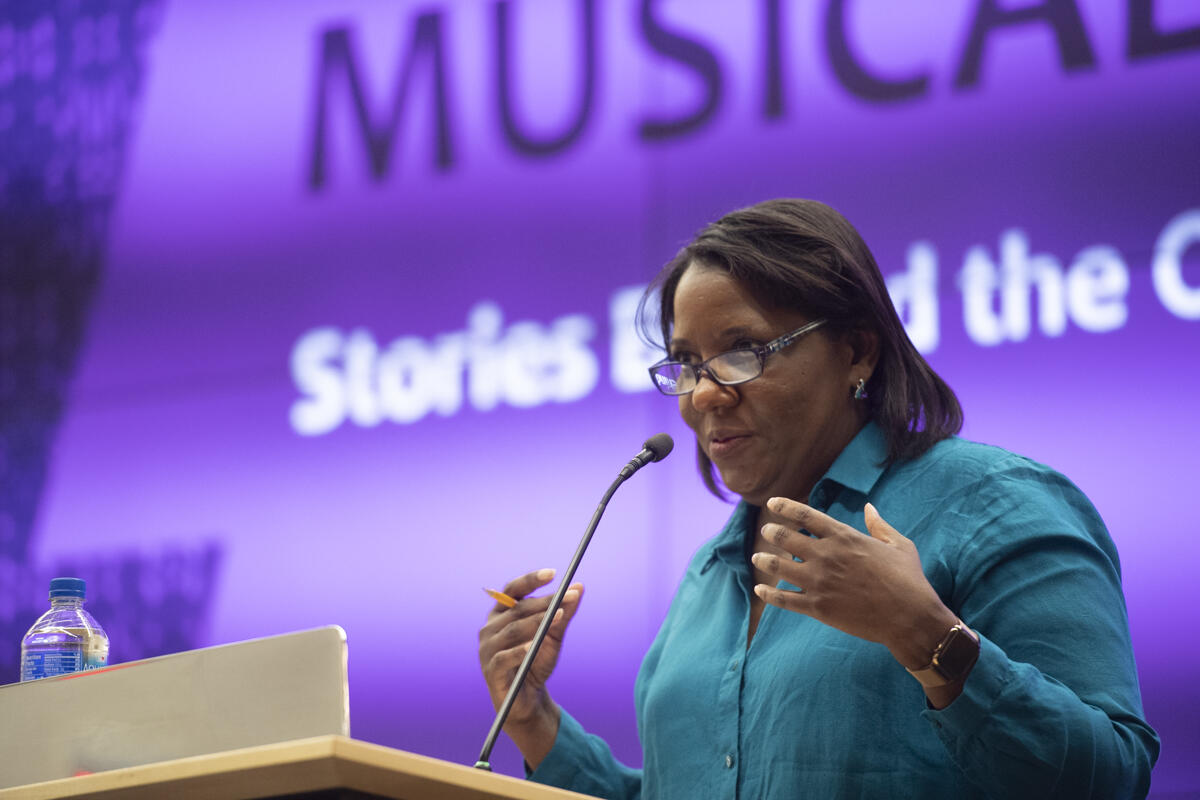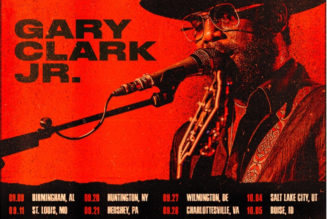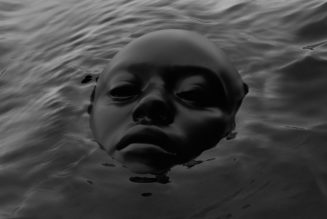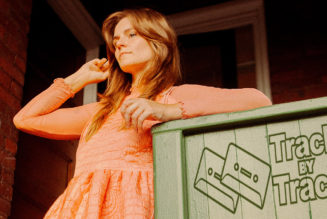
Dwandalyn R. Reece, Ph.D., wants people to explore musical objects as cultural and historical resources.
Reece is the associate director for curatorial affairs at the Smithsonian’s National Museum of African American History and Culture in Washington, D.C. During her time at the museum, she has collected more than 4,000 musical objects and helped establish Musical Crossroads, one of 12 permanent exhibits at the museum.
On Thursday, Reece took attendees through a lesson in Black musical history and explored some of the items in the collection. Reece’s talk was based on her upcoming book “Musical Crossroads: Stories Behind the Objects of African American Music” and was the 23rd edition of Virginia Commonwealth University Libraries’ Black History Month Lecture series.
“These objects are tangible evidence of the music’s existence or more simply music’s material culture,” Reece said. “This material culture comes with its own methodology, and you can study it. When approached in this way, it illustrates the historical, cultural and educational value of these collections for audiences worldwide.”
Musical objects are more than just the objects themselves. They are a connection to community and people. Each object comes with a history of how it was used and the ways that it brought emotions and connections to people. Reece said that often the stories associated with how the museum attained the objects are as interesting as the objects themselves.
For instance, she talked about the banjo and its role in African American music. The instrument has roots in Africa, and Black musicians played the instrument in the 19th and early 20th century. But its popularity waned as the guitar became more popular. The instrument is more associated with rural white music today.
“That is why people don’t often associate the banjo with African Americans,” Reece said.
The instrument has seen a revival by current Black musicians such the Carolina Chocolate Drops and Ebony Hillbillies. Early on, the banjo was associated with minstrel shows. One of the objects in the museum’s collection is a banjo associated with Charles P. Stinson, who performed minstrel shows in the 1880s and later produced banjos with the J.H. Buckbee company in New York. The banjo was purchased at an auction, and the buyer saw Stinson’s name on the instrument. The buyer did not know of Stinson, but researched the banjo, learning its historical significance. It was donated to the museum.
“It is a very exciting object to acquire in the museum with the traditional invisibility of the African Americans’ connection to the banjo,” Reece said.
Reece said the connection between the church and Black musical history is important. The church was often a place where people learned music, and it was also a safe space for Black Americans to perform. Black Americans often could not perform in larger, more renowned musical venues, she said.
“Since the period of American slavery, (the church) has been the central anchor institution in the Black communities across the United States,” Reece said. “In addition to their pre-slaver prophetic roles in leading communities in protest and praise and seasons of suffering and hope, Black churches have long offered everyday Black Americans the opportunity to have human dignity, social action, interaction and leadership training. Moreover, they played a role in broadening America’s cultural sound stage.”
Another object from the museum collection she discussed was Thomas A. Dorsey’s rehearsal piano at Chicago’s Pilgrim Baptist Church. Dorsey was musical director at the church and is known as the father of gospel. He used the piano for more than 30 years. Aretha Franklin, Mahalia Jackson and others sang at the church and most likely were accompanied by the piano.
“Dorsey’s piano also hints at the centrality [of the] Great Migration of African Americans leaving the South to find and make their way to urban communities in the North and the West,” Reece said. “Dorsey himself was a former bluesman who had migrated to Chicago and brought his southern traditions of the blues and its workings of gospel music.”
Reece noted that Black musicians absorbed many cultural influences. She displayed a letter from Jimmie Davis, the former governor of Louisiana who copyrighted the song “You are my Sunshine.” In the letter, which was written in 1962, Davis talked about Ray Charles’ version of the song. Reece said the letter is one of her most liked objects in the collection but noted she has “no favorite children.”
“Jimmie Davis, as you know, at this time was a staunch segregationist and fought against the integration of Louisiana schools,” Reece said. “At the same time, he talks favorably, even with racially tinged language, about Ray Charles’ version.”
Reece said she would like to see more researchers take a material object approach to understanding music. The technique is used in history and archeology but less often in music. The objects, she said, are more than just sheet music and instruments, they are a connection to the past.
“I believe material culture lets us unearth what is not talked about,” Reece said. “They have wonderful stories to tell.”
Subscribe to VCU News
Subscribe to VCU News at newsletter.vcu.edu and receive a selection of stories, videos, photos, news clips and event listings in your inbox.









